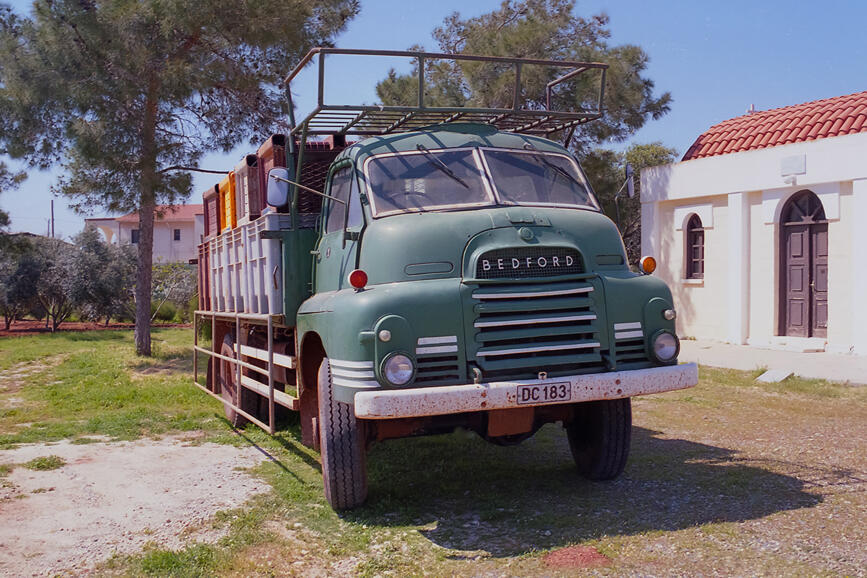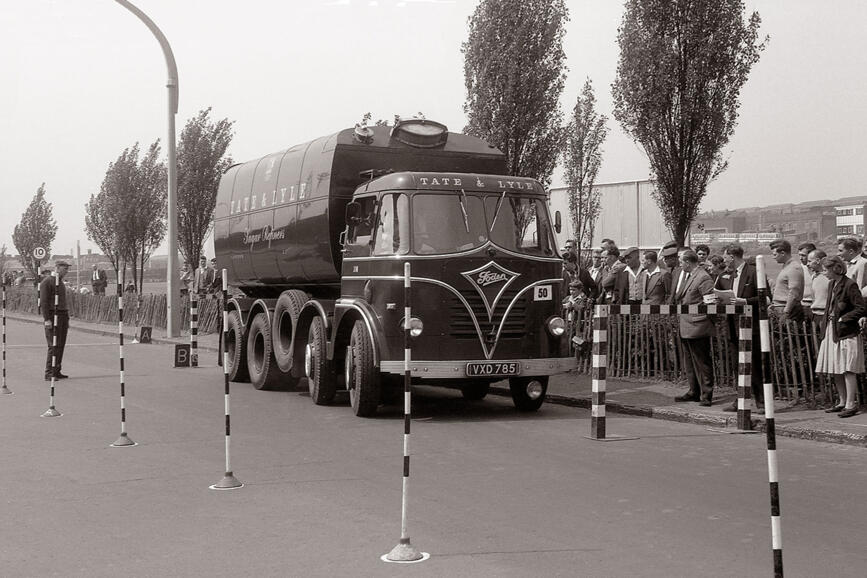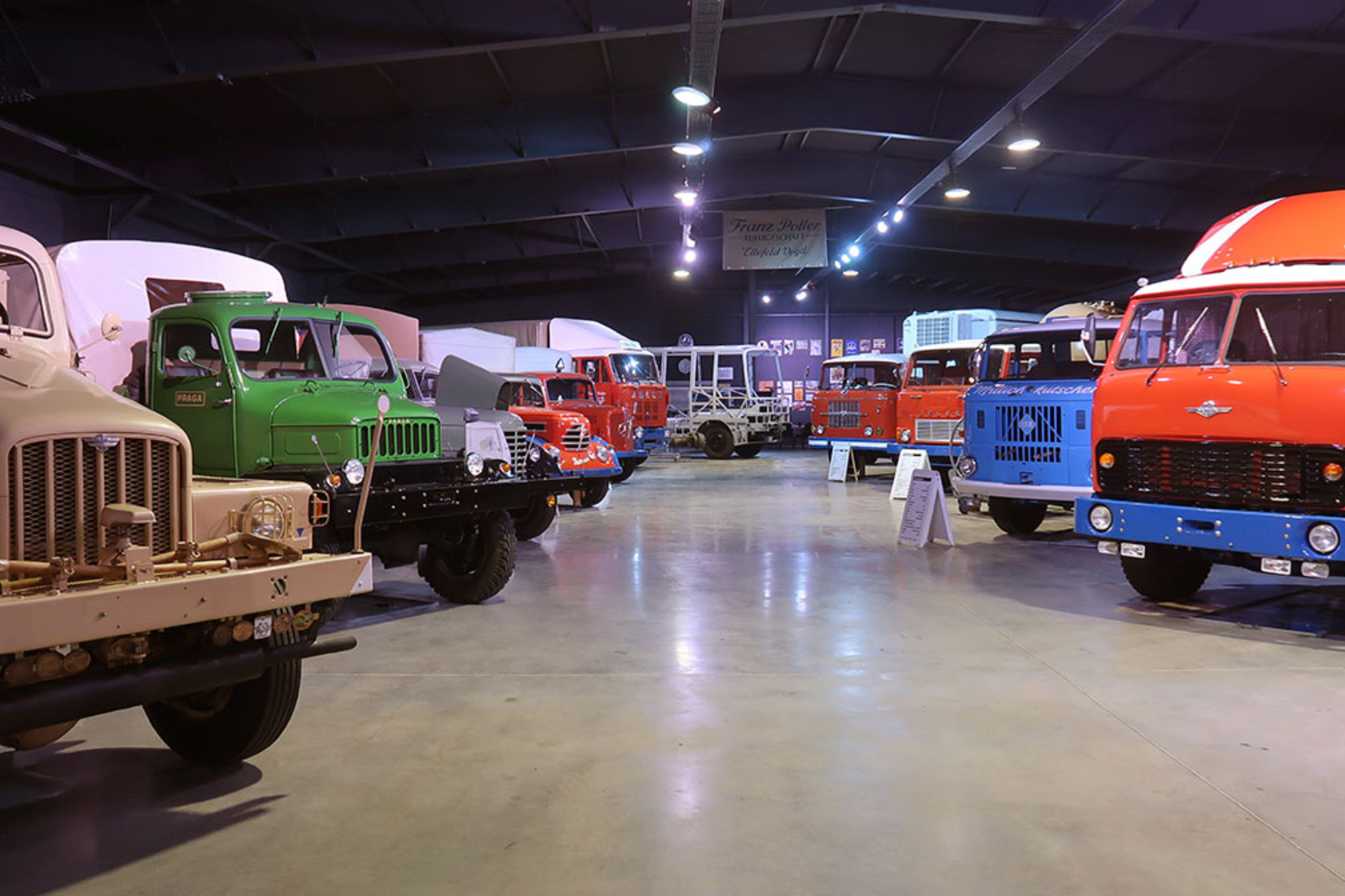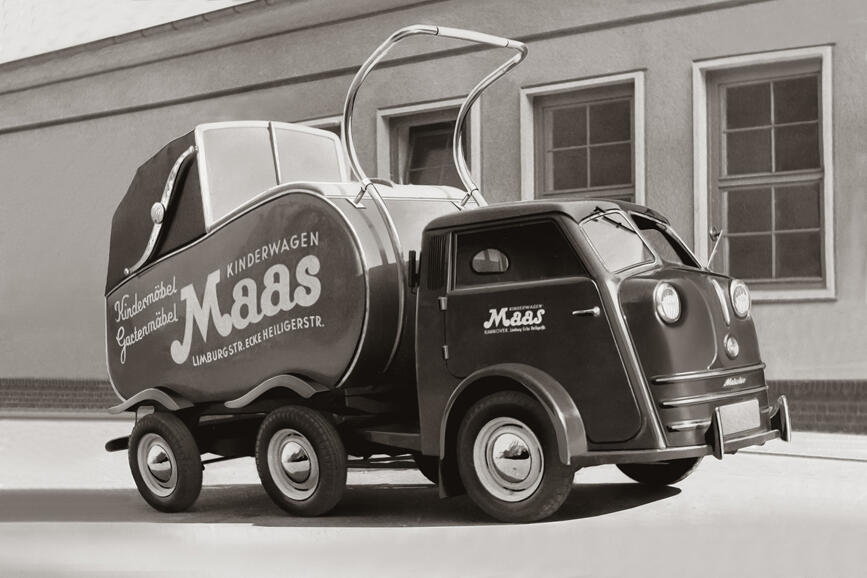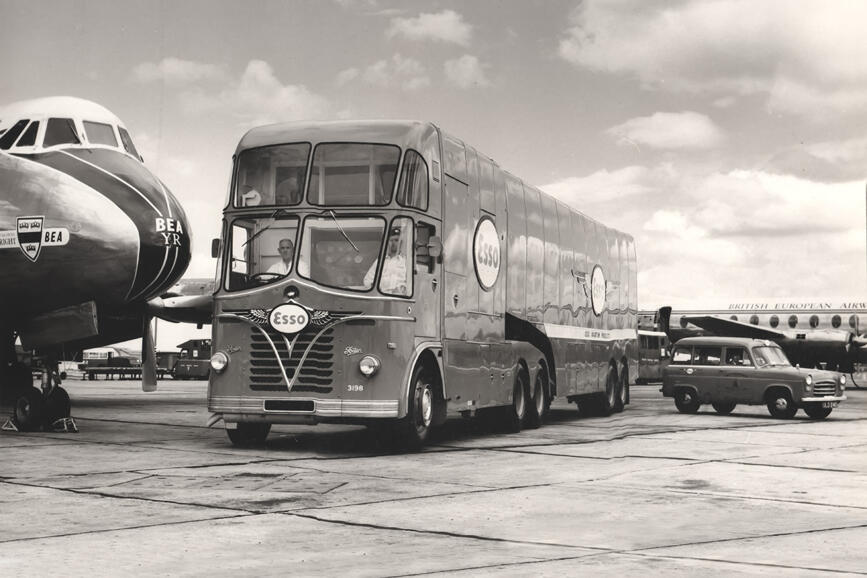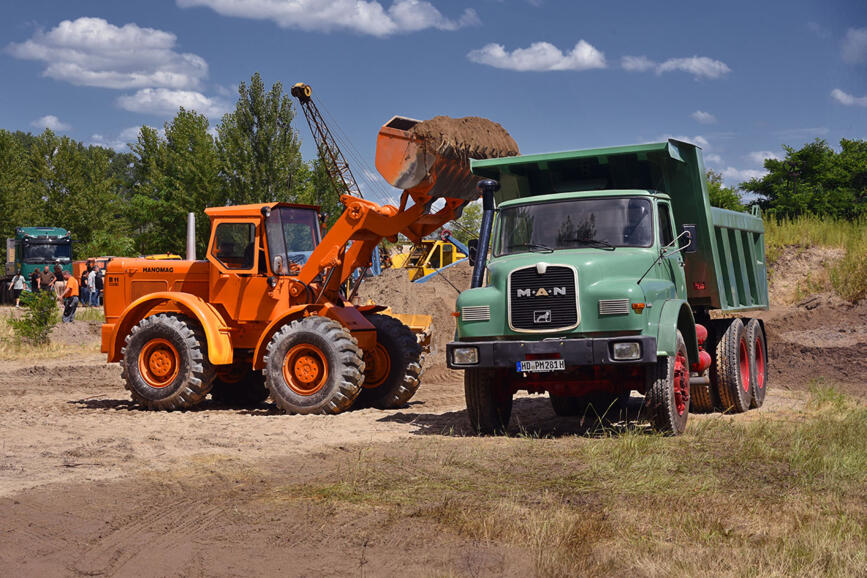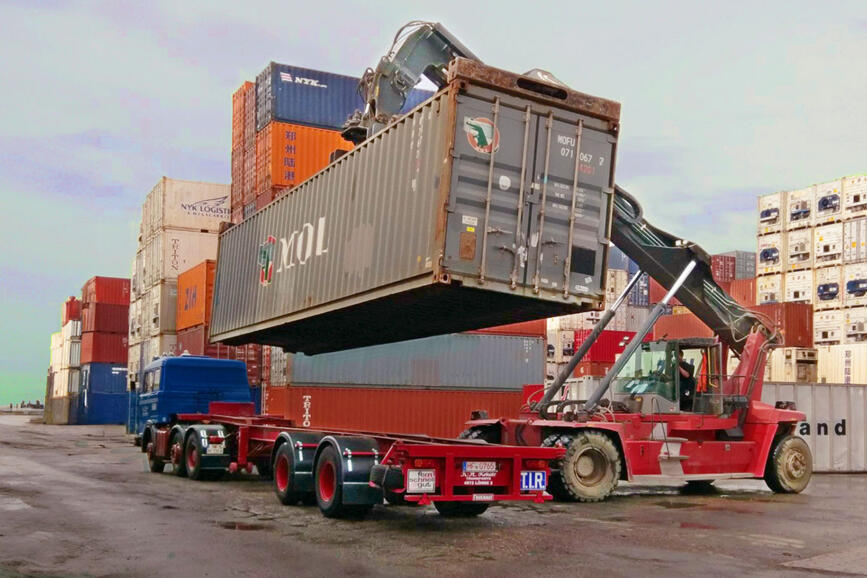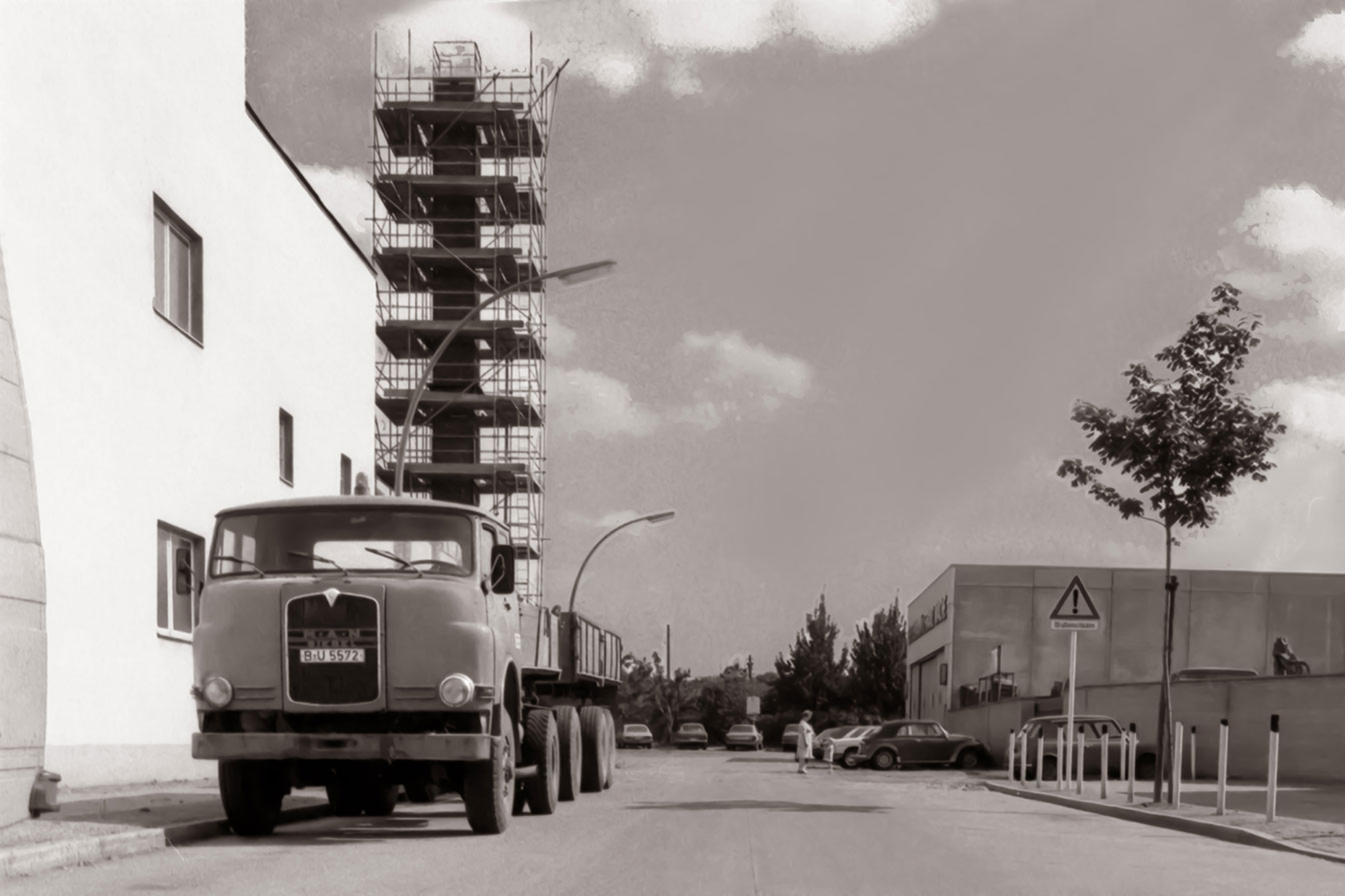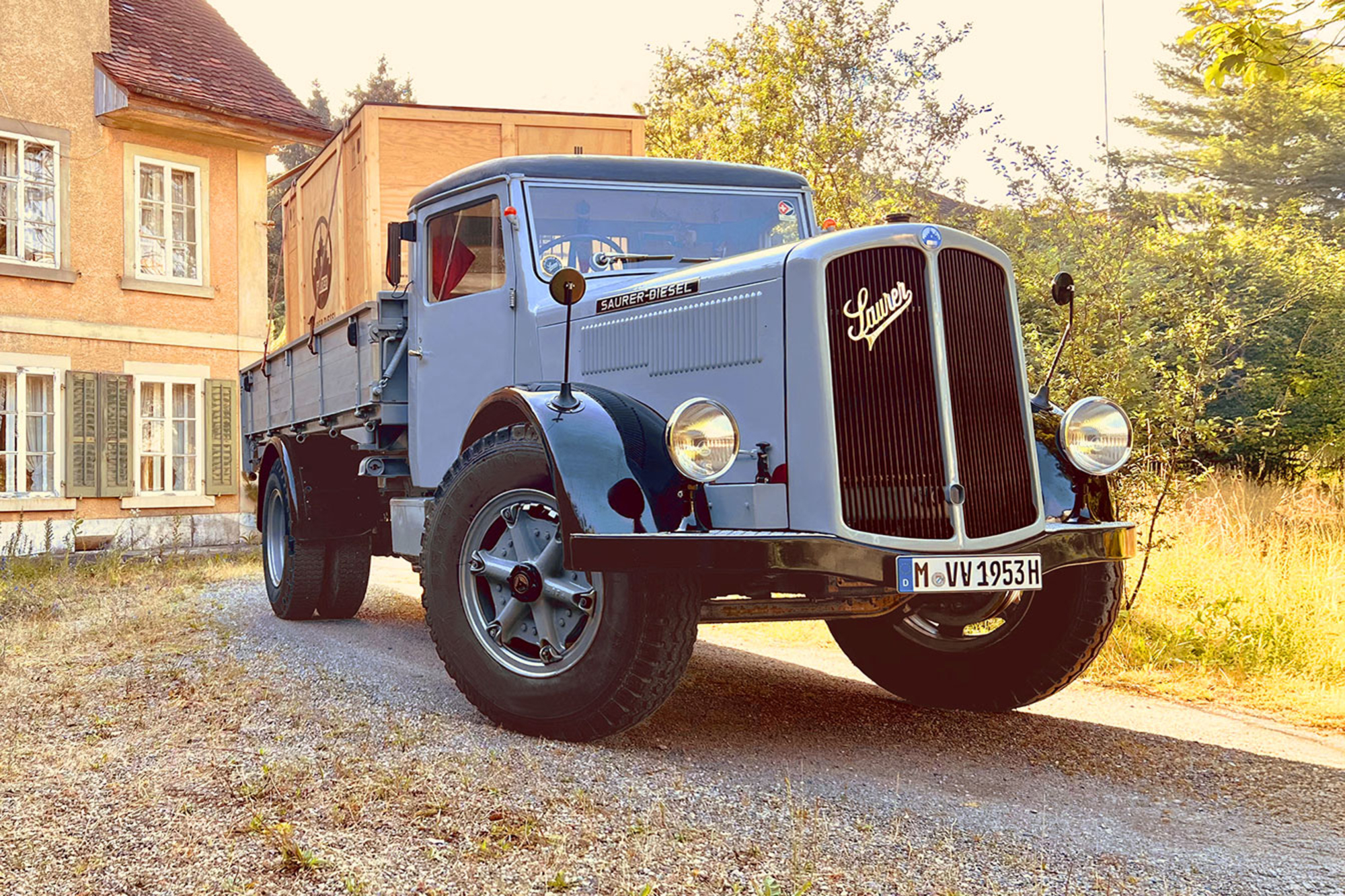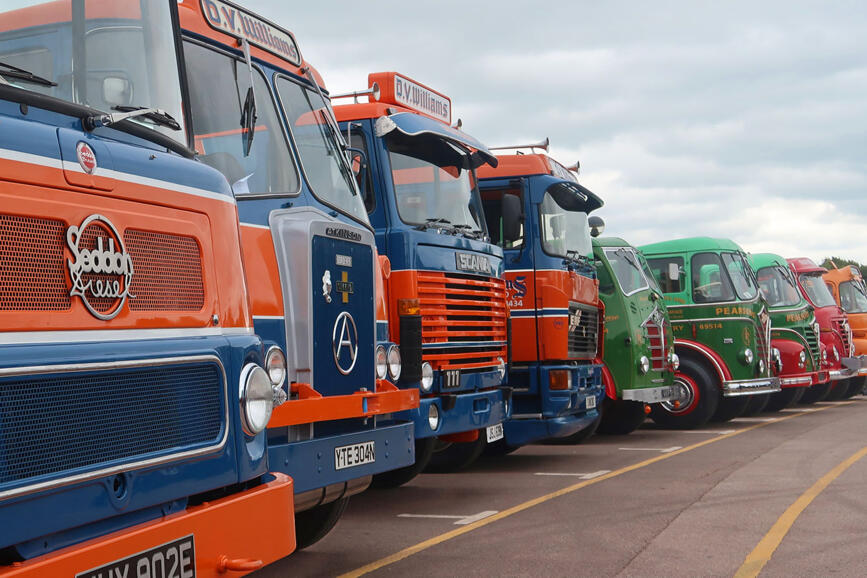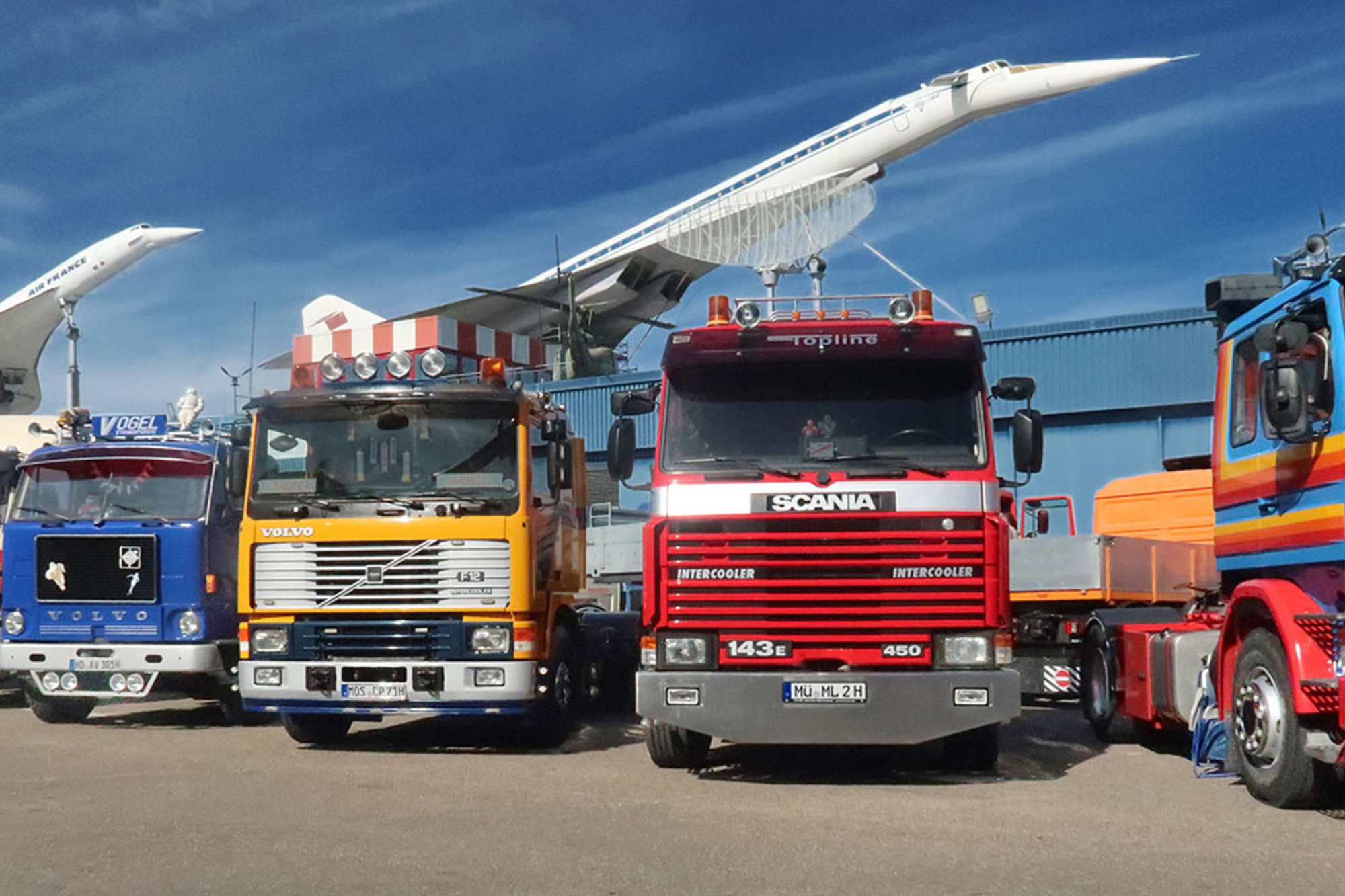Iowa 80 - A visit to a museum in the USA
Vintage trucks at the world's largest truck stop
Many things are bigger in the USA than in Europe, starting with the distances: The area of the EU is around 4.5 million square kilometers, that of the USA 10.5 million. The skyscrapers are taller, the cans of Coke bigger and the dimensions of the trucks in some states are almost unimaginable in Europe, except in Scandinavia. But not only the highways of the USA are full of exciting vehicles, collections, museums and the numerous truck events are also worth a visit. In this article, our freelancer Klaus Werblow from Berlin reports on the “Iowa 80 Trucking Museum & World's Largest Truck Stop” in Walcott, Iowa.

In the early summer of 2024, I undertook a round trip mainly in the north-east of the USA. After several years of abstinence, I needed to see big hoods, large cabs and long trailers again. The highways and truck stops are already well served. But I wanted more. So a few museums, trailer dealers and “The ATHS National Convention & Truck Show” in York, Pennsylvania were on the agenda. Even though I was traveling with my wife and therefore had to make a few concessions and fit in a visit to relatives, the trip could have been called “Truck in Focus”.
However, the main event was to be the visit to the “Iowa 80 Trucking Museum & World's Largest Truck Stop” in Walcott, Iowa. This description doesn't seem exaggerated to me, at least I haven't seen a bigger truck stop yet. There are said to be more than 900 truck parking spaces there. There are also extensive restaurant, sanitary and shopping areas. If you stay on the only access road, you will never get bored. Trucks from all over North America arrive here almost non-stop, while others leave the site the same way. However, on Interstate 80, you only see the standard rigs that are required on the National Highway System, which is owned and financed by the United States of America. These rigs are allowed to weigh a maximum of 80,000 pounds (around 36.3 tons). The bridge formula is the most important thing when it comes to permissible vehicle weights in the USA. At this weight, the formula requires a 53-feet trailer and a total of five axles. This configuration is permitted from Mexico to Canada. Compliance with the weight limits is strictly monitored, and overweight is very expensive. There are police weighing stations at almost all borders between the federal states. There are also scales at highway entrances where drivers can check the correct weight of their rigs.
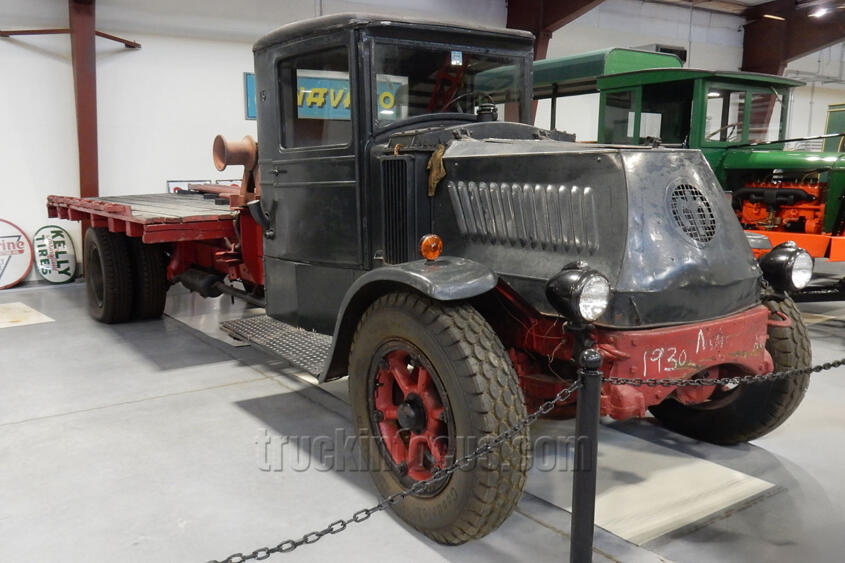
Some states have significantly different registration regulations. If you want to see really heavy trains, you have to drive on the “state highways”, which belong to the individual states. States such as Arizona, North and South Dakota, Indiana and others allow heavier trains. With up to eleven axles and 164,000 pounds (around 74.4 tons), Michigan is the front-runner. The Canadian provinces also have their own regulations. The heaviest trains are allowed in Ontario and Saskatchewan, where the longest trains run.
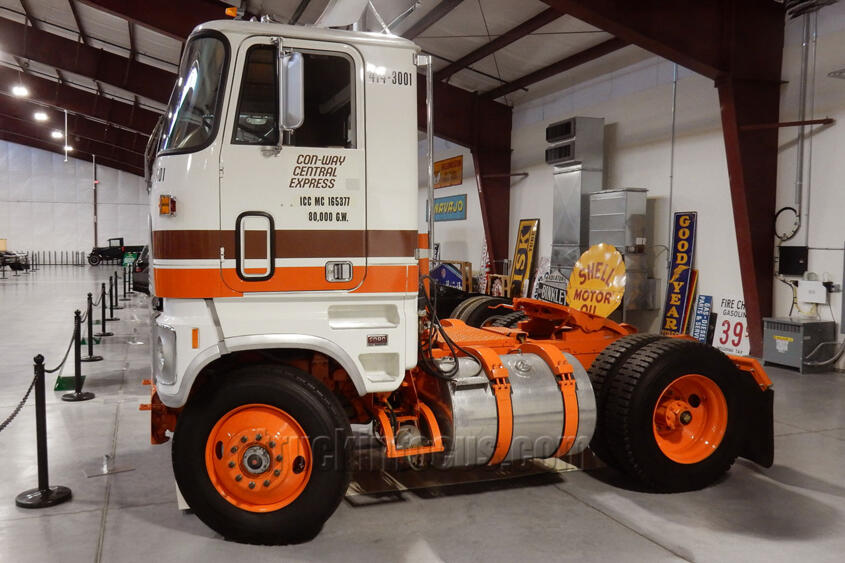
But back to the museum: it is located directly at the entrance to the truck stop. Admission is free, but donations are politely requested. When you enter the building, you are amazed at its size and impressed by the number of exhibits. The condition of the hundred or so vehicles is almost always very good. I found some of them over-restored, which often seems to be the case in the USA. Some of the classic trucks on display are donations and loans. Occasionally, vehicles are also exchanged. Almost all the exhibits have explanatory signs. The variety is hard to cope with in one day, so we put up in a nearby hotel. I visited the museum three times and discovered something new each time.
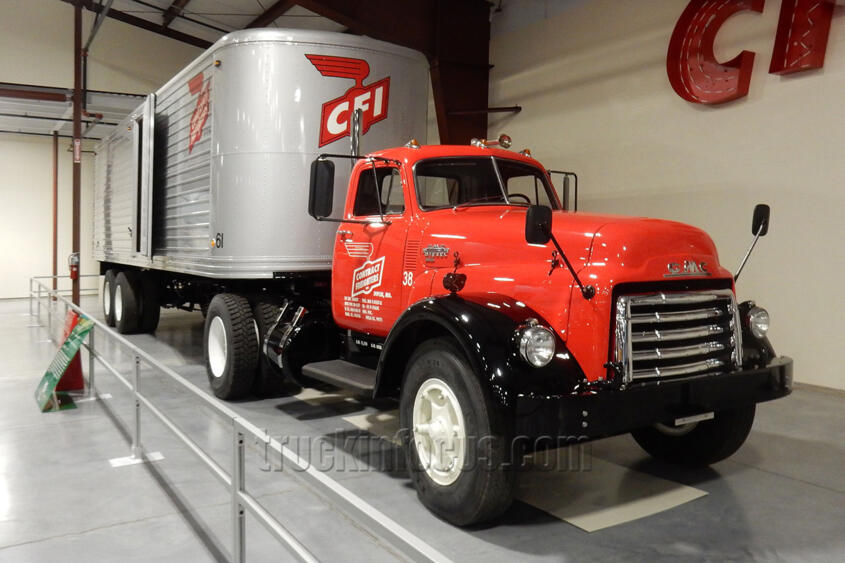
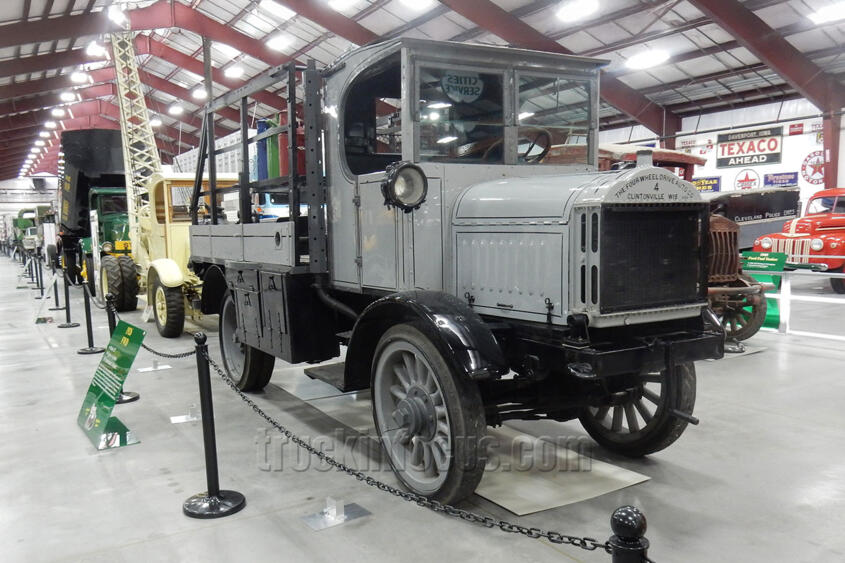
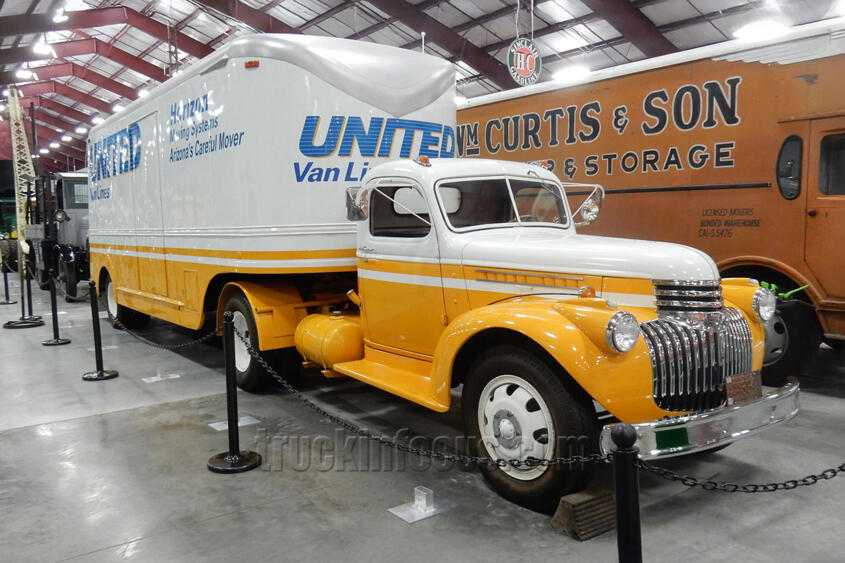
I would like to take a closer look at some of the exhibits. First, there is the Mack AC, a legend that was introduced in 1915 and built 40,299 times in 23 years. During the First World War alone, 6,000 examples were delivered to the British armed forces and the US Army in Europe. The flat nose was typical of this Mack. This is said to have earned it the nickname “Bulldog”, which ultimately became the trademark for all models from 1932 onwards. This shape of the hood, known in the USA as the “Renault style”, was made possible by the radiator positioned behind the engine. A radial fan sits on the crankshaft. The Mack AC was available in many versions: 4x2, 6x2 and 6x4. On the 6x4, the last axle was driven by a chain from the second axle. Mack relied on the chain drive for a long time, and the FN model was still equipped with it in the 1940s.
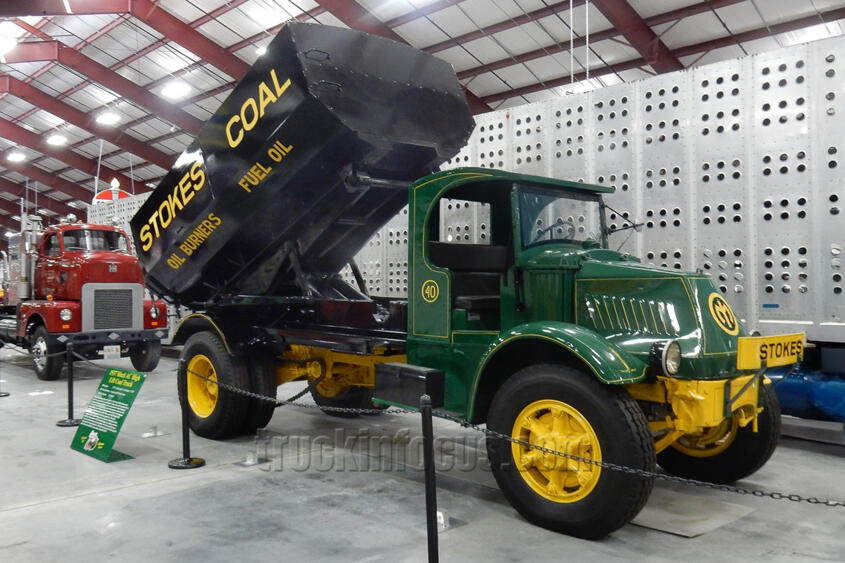
Another legendary American brand is Diamond T. The beautifully designed tractor units from the manufacturer in Chicago were known for their high quality and reliability. During the Second World War, the company supplied more than 50,000 vehicles to the British armed forces and the US Army. The most impressive were the 980 and 981 types, which were particularly well motorized for the time as tractors for tank transports with their 200 hp Hercules engine. There are no examples of these Diamond T types in the museum. After around a quarter of a million vehicles, the end of the glorious company came in 1966.
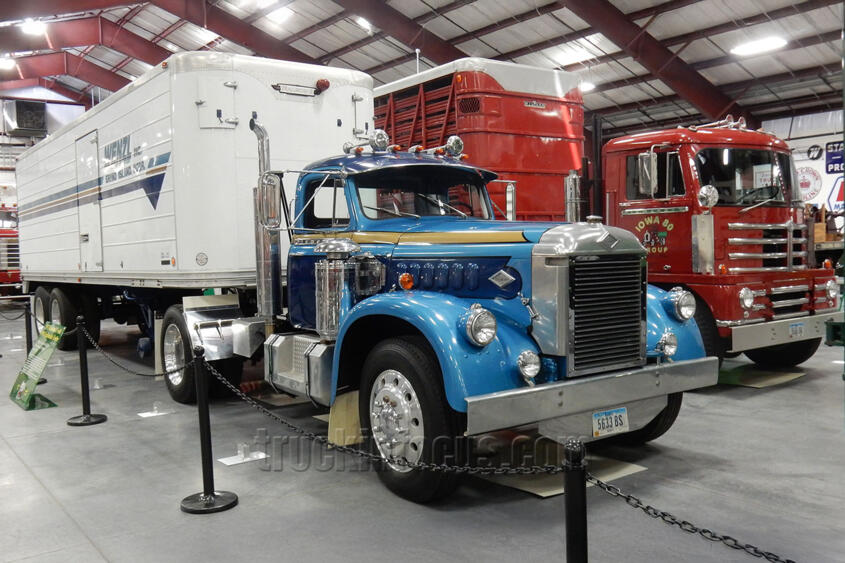
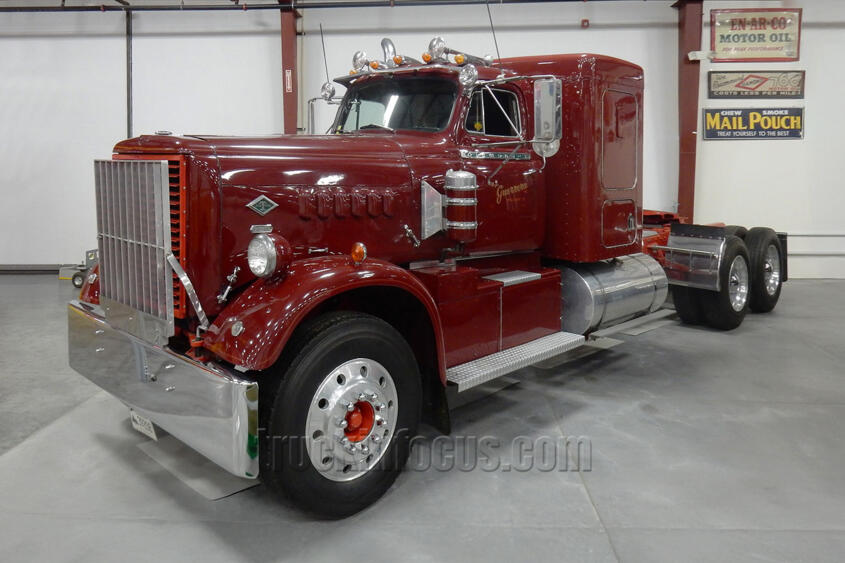
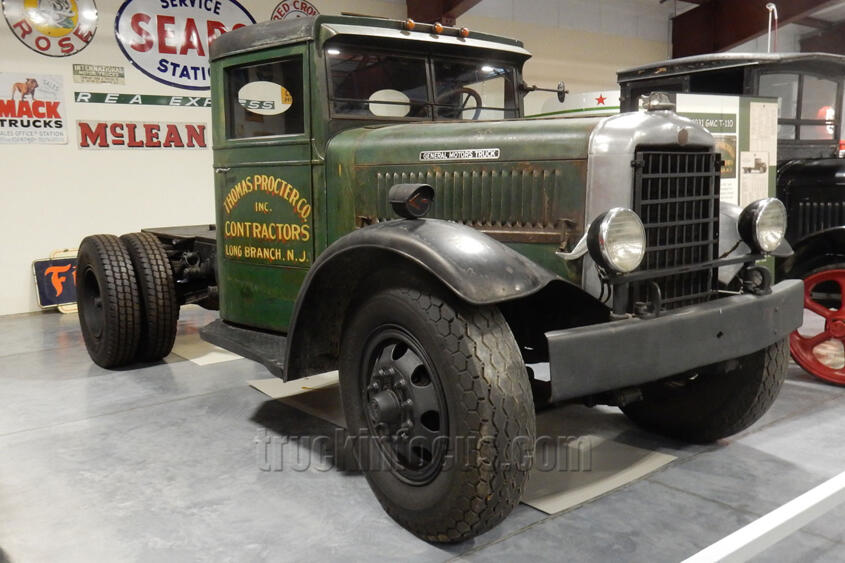
One of the most striking cab-overs was the International RDC-405 with its short, high hood. The early American cab-overs of the 1950s still had short hoods until the cubic shape without a hood became established. Only around 400 examples of the RDC-405 were built between 1951 and 1956. This makes it one of the rare vintage trucks and an eye-catcher in the Iowa 80 Trucking Museum.
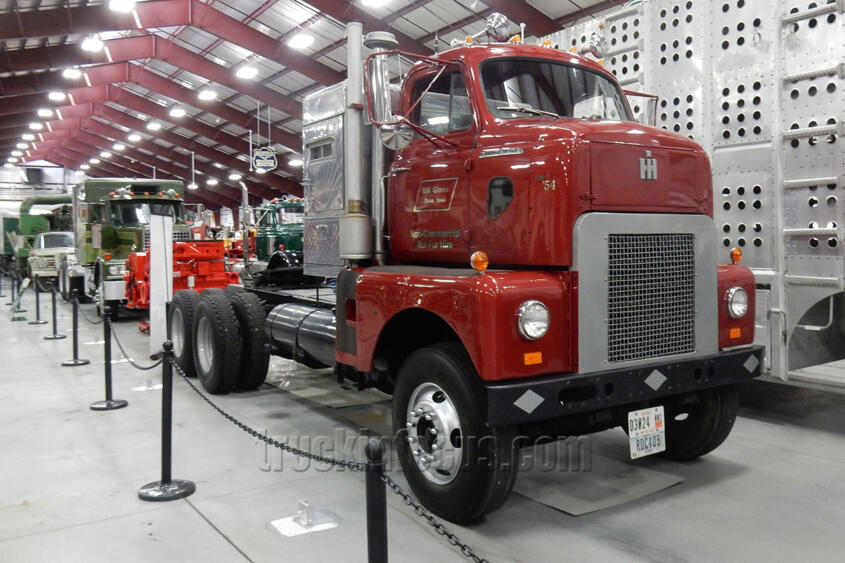
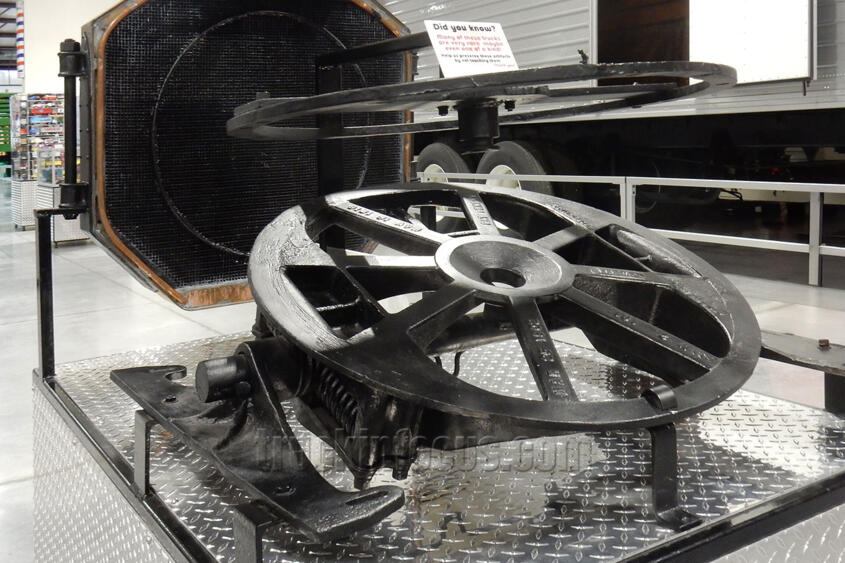
GMC was known in Germany through its subsidiary Opel, which offered light trucks there. However, heavy trucks, i.e. Class 8 trucks, were built in the USA until 1987. The rare GMC General from 1986 was the largest truck ever built by GMC and for me is one of the most beautiful. Its aluminum cab is welded and not riveted. Under the GRP hood is a Detroit Diesel 8V92 Silver with 475 hp. The truck is on loan from Dave Schroyer, whose collection I was also able to view in Celina, Ohio.
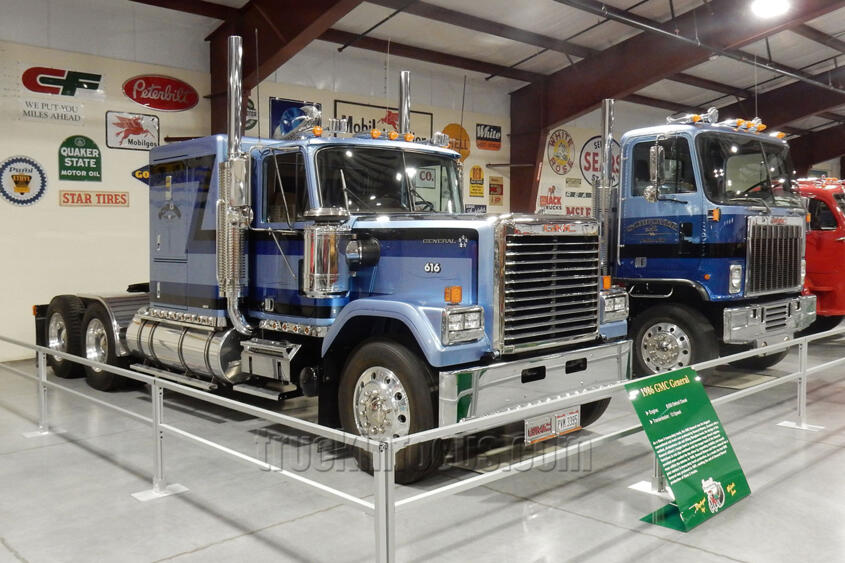
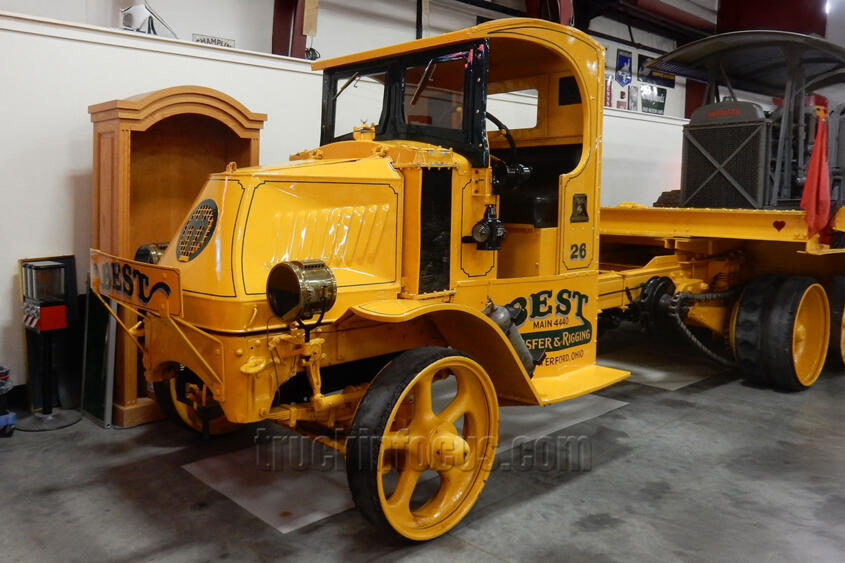
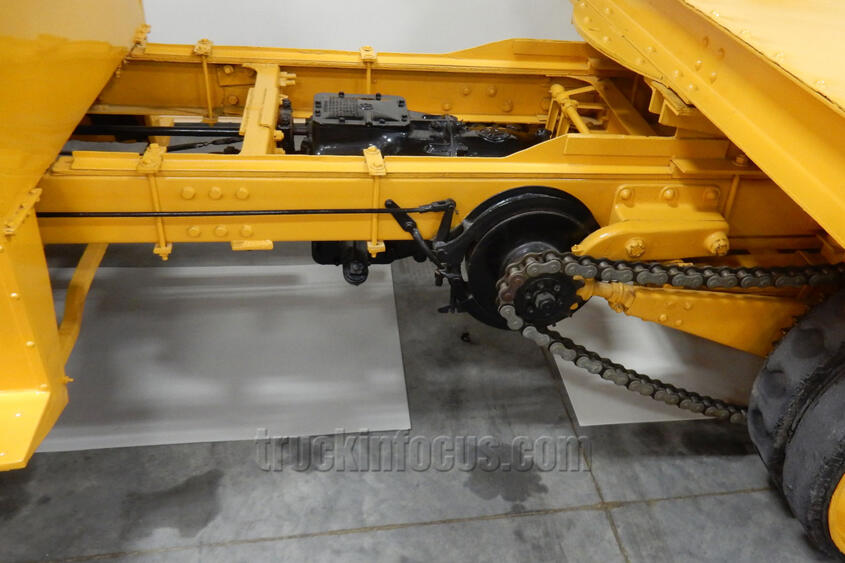
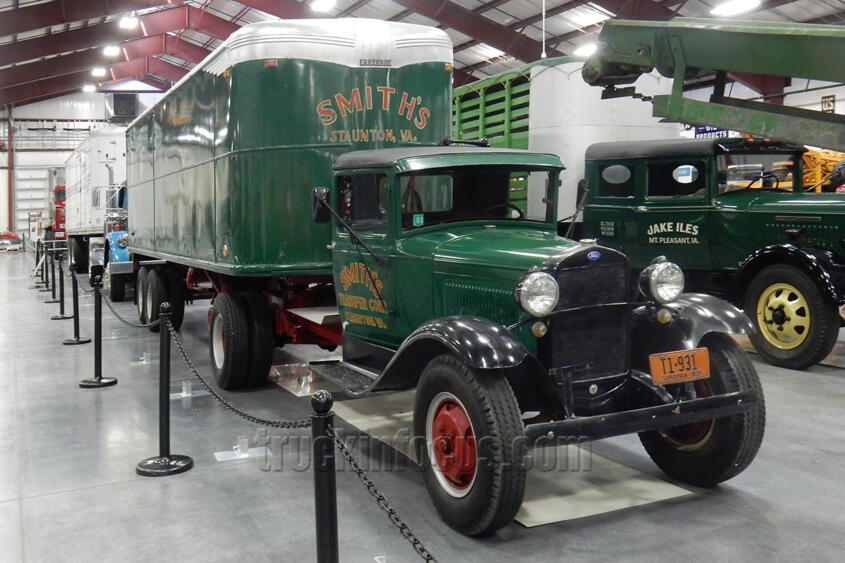
Finally, I would like to recommend anyone interested in truck history to visit the “Iowa 80 Trucking Museum & World's Largest Truck Stop” for themselves. There are also other museums in the USA that display historic trucks, for example the Mack Trucks Historical Museum in Allentown, Pensilvania, the Henry Ford Museum in Dearborn, Michigan and the R.E. Olds Transportation Museum in Lansing, Michigan. Unfortunately, there is no complete list on the Internet of all the museums in the United States where trucks are on display. But there is a continuously updated list of truck shows and vintage truck events on Facebook. The red colored text passages are clickable links to the respective websites.
Text and photos: Klaus Werblow (Berlin)

